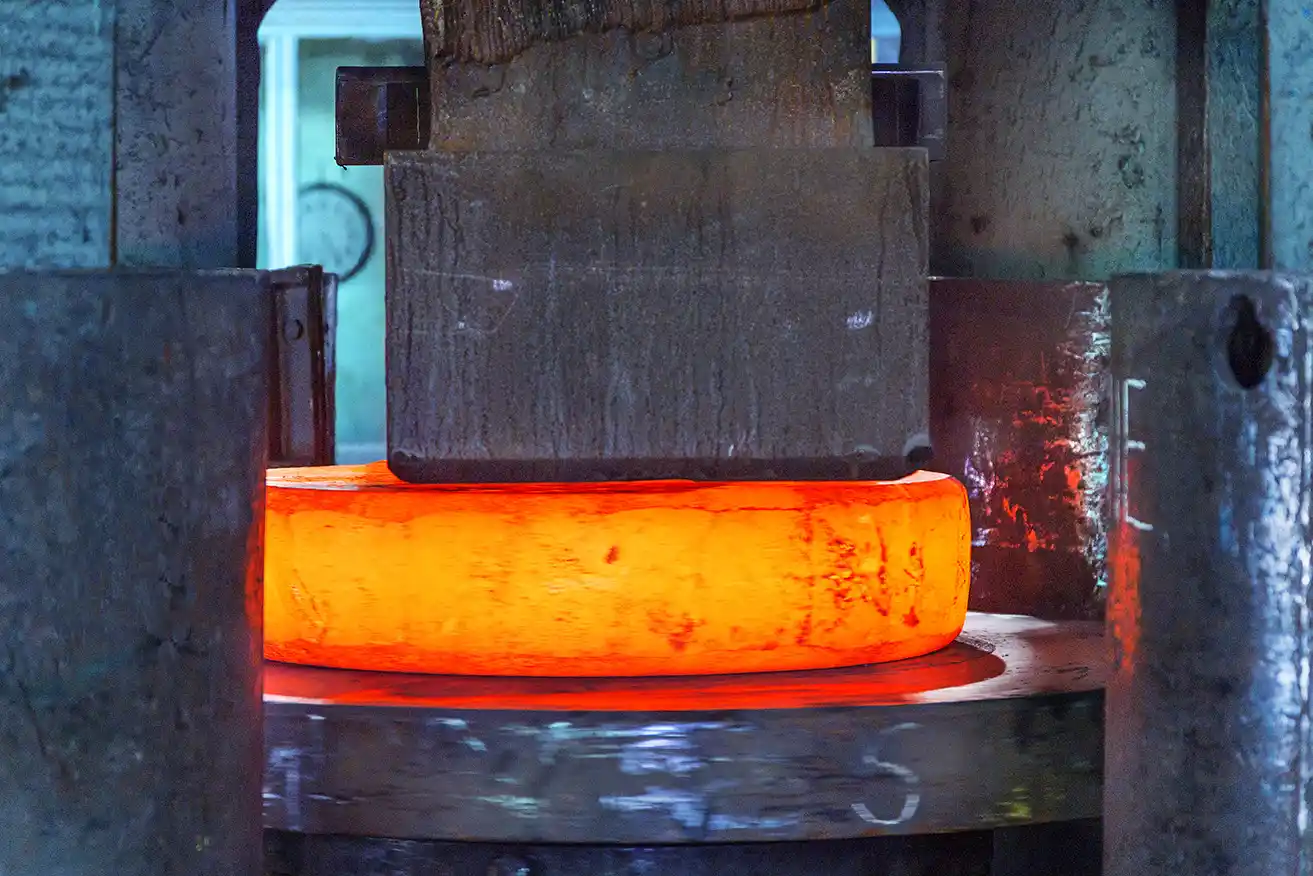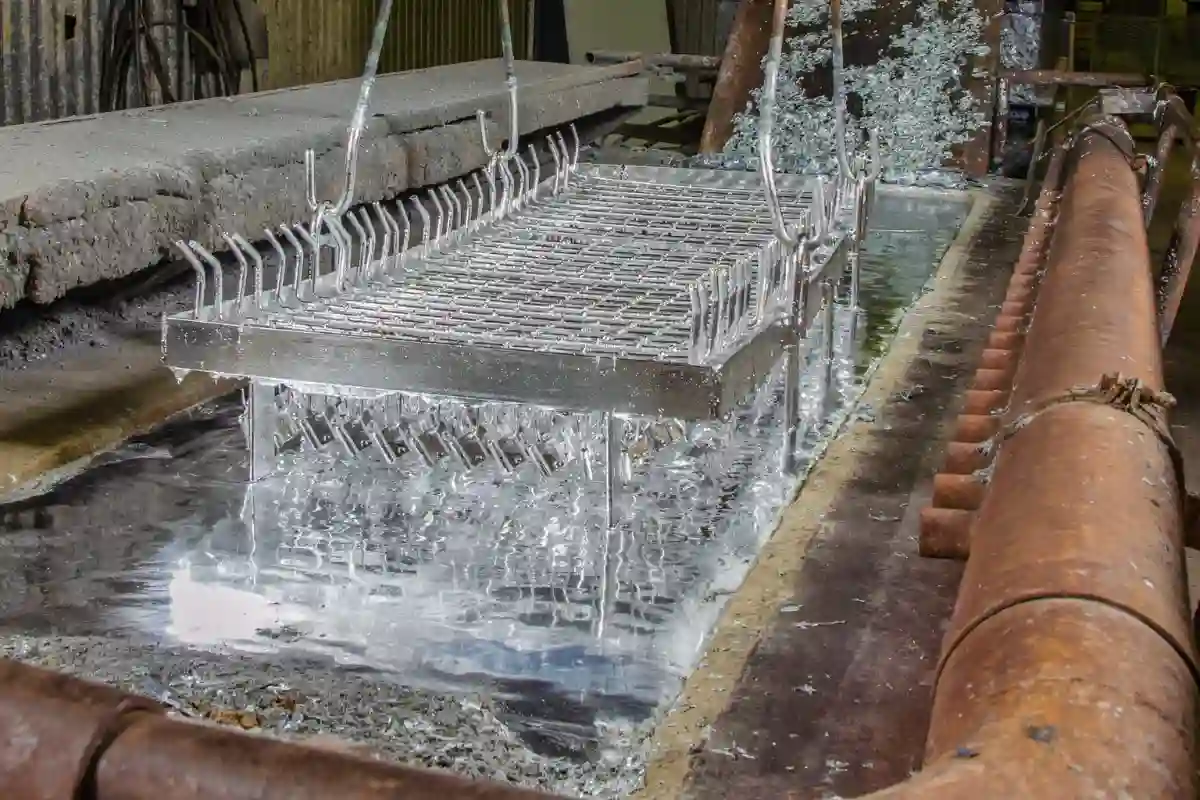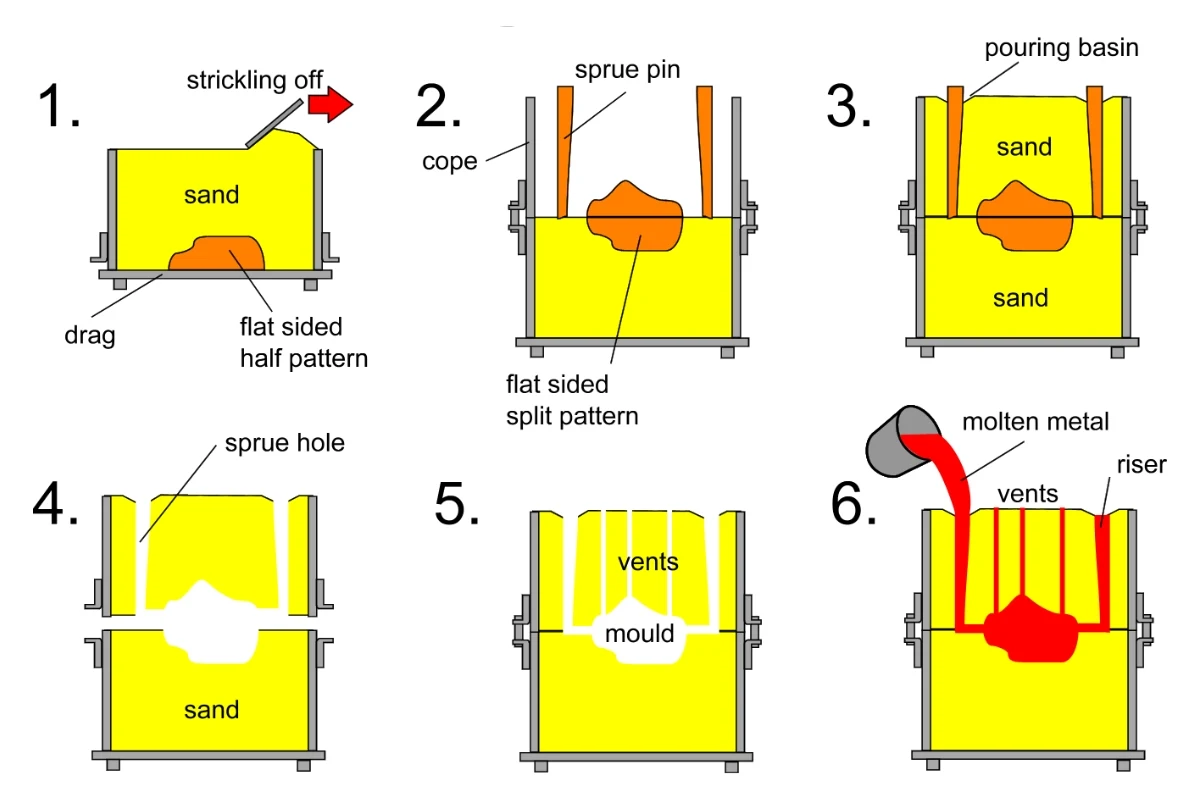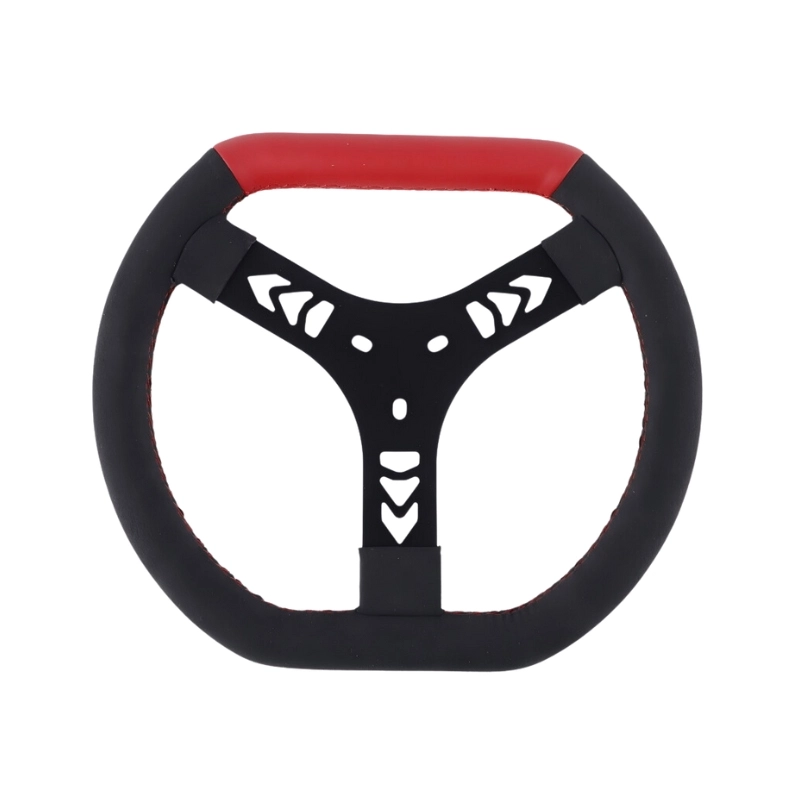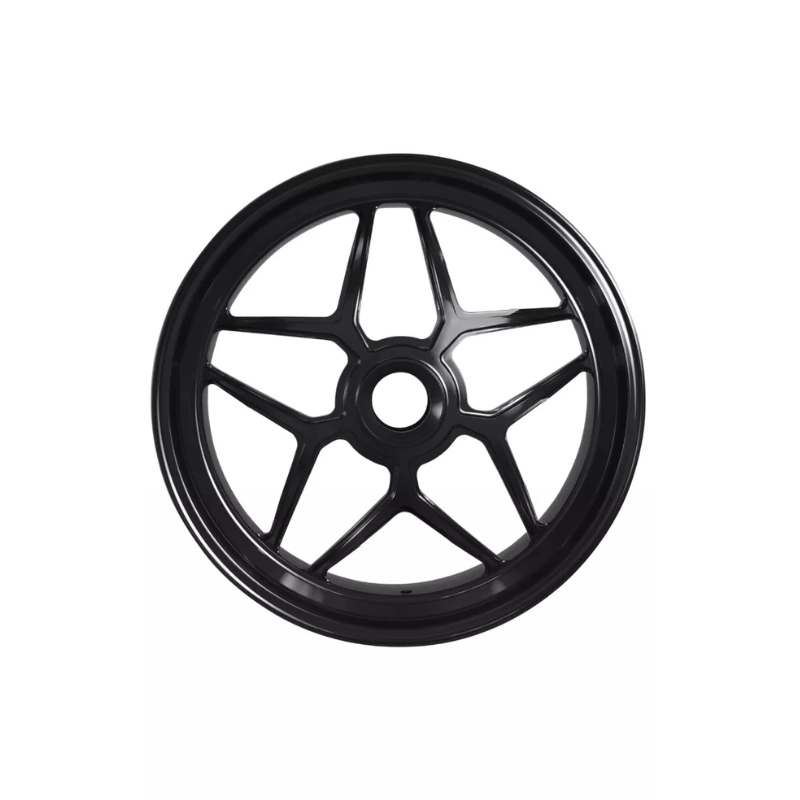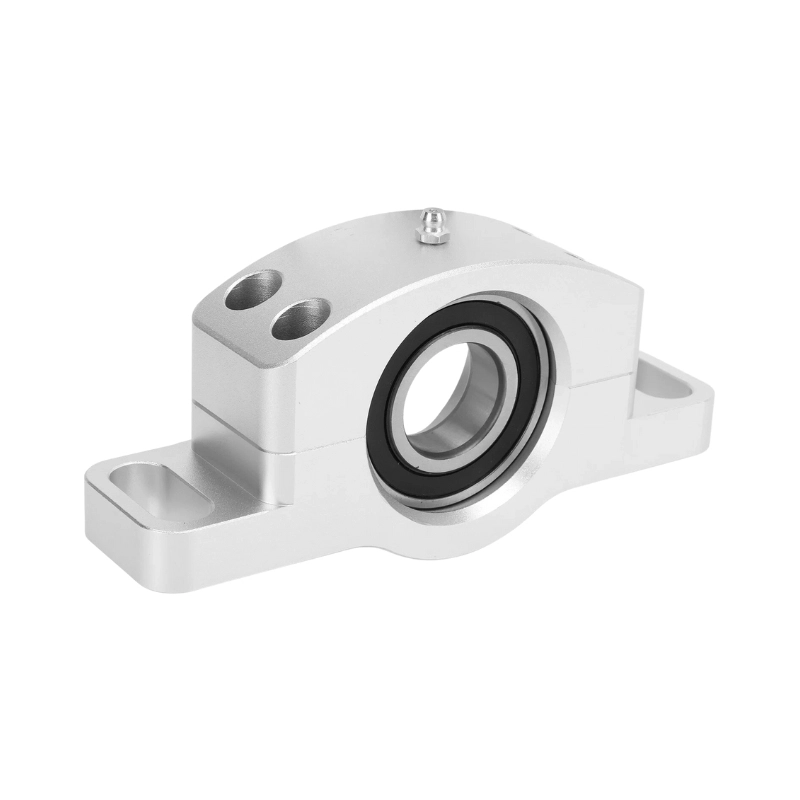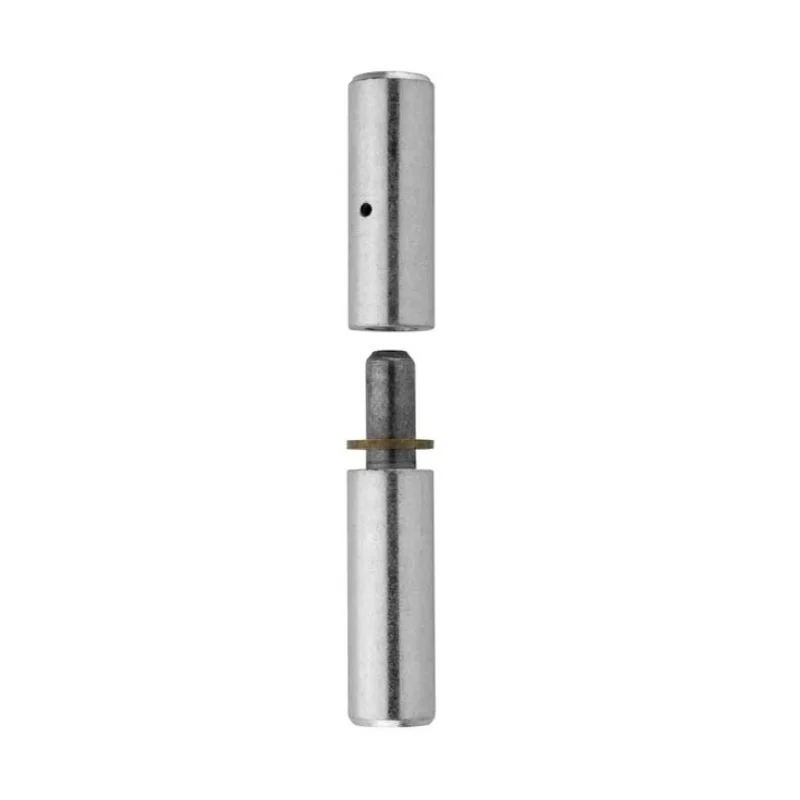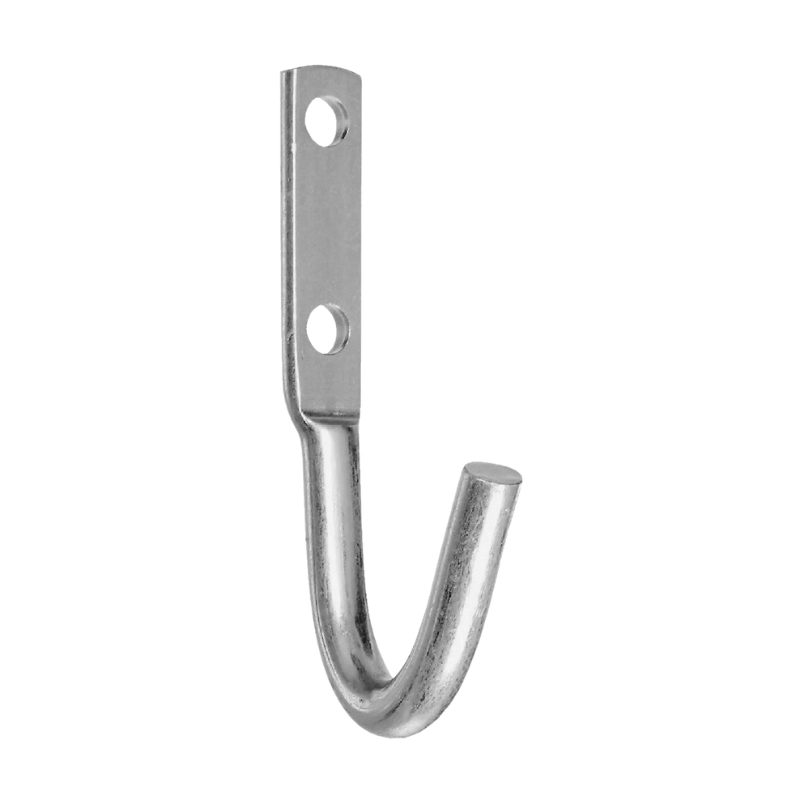From jet engines, power plants, and harsh environments, superalloys remain strong where most metals fall off. They resist rust and last longer under stress, which is why they matter a lot in industries such as aerospace, energy, and many more. Without them, many high-power machines would break down.
Defining Superalloys
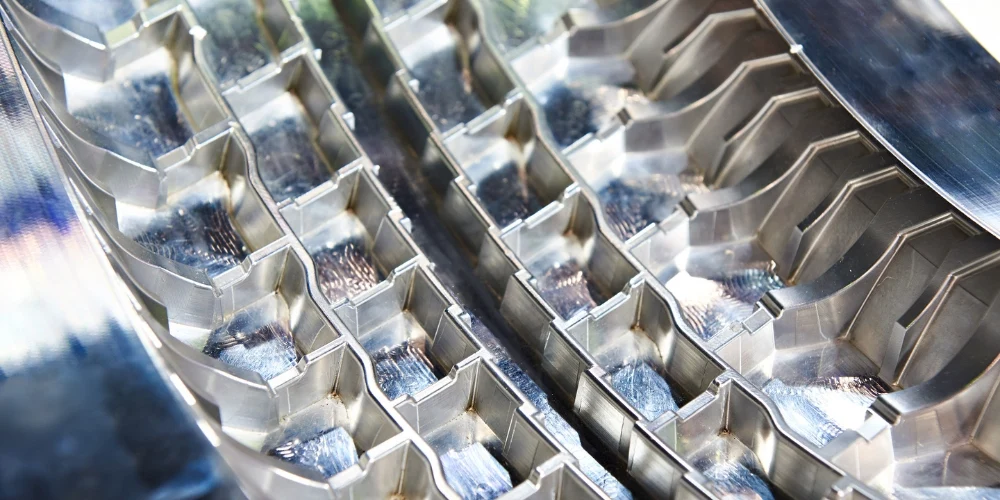

Superalloys are high-performance metals that are made to work well in high-heat conditions. They can handle temperatures less than or equal to 85% of their melting point (Tₘ). These alloys stand out because of their excellent mechanical strength and their ability to resist creep deformation.
They also have very good oxidation/corrosion stability under extreme heat and stress. Superalloys are typically made from three base metals, which are Nickel (Ni), Cobalt (Co), and Iron (Fe).
History of Superalloys
Superalloys can be traced back to when stainless steel was developed around the 1910s. These steels didn’t rust easily, but couldn’t hold up well in high heat. By the 1920s and 1930s, engineers began adding elements such as chromium and nickel to make the metals better at resisting heat and rust.
During a time in the 1930s, a new superalloy known as Инконель was trademarked. It worked very well under heat and didn’t rust easily. Inconel was later used in early jet engines. The biggest leaps came in the 1960s and 70s with three major changes:
- Vacuum melting – This made purer alloys. Less dirt in the metal meant fewer weak spots.
- Directional solidification – This helped shape the metal grain flow, making it stronger.
- Single-crystal growth – This removed the weak points where cracks often start.
Chemistry & Strengthening Mechanisms
Alloy design
Superalloys are made stronger through solid solution and precipitation strengthening.
Solid Solution Strengthening
This is when other elements are mixed into the base metal. These elements disrupt the metal’s atomic layout, making it hard for atoms to move. With this, the metals do not break or bend under stress.
Precipitation Strengthening
Tiny particles known as gamma prime (γ′) and gamma double prime (γ″) are added to the metal to hold the structure in place under high heat conditions.
Role of elements:
Superalloys need more than just a strong base metal. Extra elements are added for strength, heat control, and rust resistance.
Nickel (Ni), Cobalt (Co), and Iron (Fe)
These form the base matrix of the superalloy. Nickel maintains its strength at high heat and is mostly used in superalloys. Cobalt has a higher melting point than nickel and is good for parts that get extremely hot. Iron is cheaper, but as strong as nickel or cobalt.
Chromium (Cr) and Aluminium (Al)
Chromium helps fight rust and corrosion by forming a thin oxide layer that protects the metal. Aluminium adds strength to the metal and also helps with rust resistance.
Titanium (Ti) and Niobium (Nb)
These help promote the precipitation strengthening phase to prevent the metal from stretching over time.
Rhenium (Re), Tungsten (W), Molybdenum (Mo), and Tantalum (Ta)
These are called refractory metals. They have very high melting points and make the alloy stronger when it gets hot. They also slow down the growth of weak spots inside the metal.
Микроструктура
The superalloy microstructure typically features the following:
- γ/γ′ Microstructure: This is a two-phase structure made up of gamma (γ) phase and gamma prime (γ′). While the former holds the shape, the latter keeps the metal strong when it gets hot.
- Carbides: These are tiny hard bits of carbon that sit at the edge of the grains to help stop cracks and slow down creep.
- TCP (Topologically Close-Packed) Phases: They are used in small amounts because large amounts can make the alloy very brittle.
- Single-Crystal Alloys: These eliminate grain boundaries, but stop cracks from forming, and last longer under stress.
Families of Superalloys
Ni‑based
These are the most common types of superalloys. They have very good γ′ control and creep resistance. Because of this, they work very well in high temperatures and stressful environments. Some common grades are Waspaloy, Inconel 625, and Inconel 718.
Co‑based
Cobalt-based super alloys have higher melting points and can handle heat better than nickel ones. They don’t use γ′ particles much. Instead, they rely on hard carbides. These stop wear and crack growth. Cobalt alloys work well in parts that rub or wear, like engine valves.
Fe‑based
These alloys are based on iron and are often used where cost matters. They don’t match nickel or cobalt superalloys at very high temperatures. But they still work well in hot parts that aren’t pushed to extremes.
Some iron-based superalloys are austenitic. That means they have a crystal structure that stays stable even when hot. These alloys can also form γ′ precipitates, just like nickel-based ones. When that happens, their strength goes up, especially at mid-level temperatures.
Some common grades of super alloys are:
- Инконель 625: This is a nickel-based superalloy that is very strong and can handle both heat and pressure very well.
- Инконель 718: This contains a significant amount of Niobium and is strong at medium to high temperatures.
- Waspaloy: This can be age-hardened and stays strong up to around 980°C.
Manufacturing & Processing
Casting Vs Forging
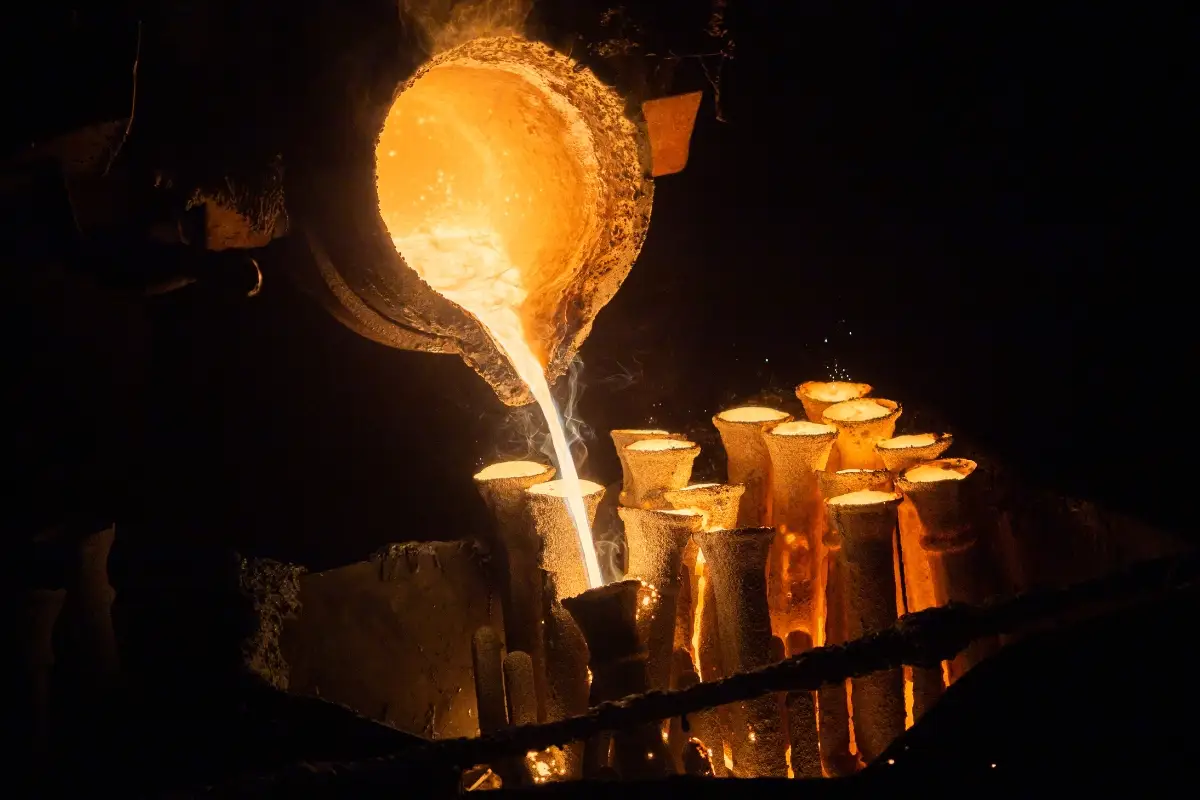

Когда дело доходит до ковка, the alloy is heated and then pressed or hammered into shape. The pressure packs the grains tighter. This reduces internal flaws and makes the part tougher. Forged parts are usually stronger than cast ones. They handle impact and stress better. But forging is not ideal for very complex shapes.
Forging also limits the types of superalloys that can be used. Some alloys are too hard to forge once they cool. So this method is used when strength matters more than shape detail.
Кастинг is one of the methods used to form superalloys. It is great for complex or hollow parts that are hard to machine. Investment casting is one of the most common processes for shaping nickel-based and cobalt-based super alloy components. It is a cost-effective process that allows for tight tolerances, thin walls, and complex shapes.
Directional Solidification
This is a special casting method. It cools the metal slowly in one direction. That forces the metal grains to grow from bottom to top in straight lines. Parts made this way are stronger in the direction of stress. They handle heat and pressure better than regular cast parts.
Single-Crystal Growth
This is a complicated casting method. The part is made to grow as one single crystal, with no grain boundaries at all. Grain boundaries are where cracks often start. Removing them gives the part better creep resistance and a longer life under heat.
Powder Metallurgy & Additive Manufacturing (3D Printing)
Both powder metallurgy and 3D печать use fine metal powders to make parts, but they’re used in different ways.
Powder metallurgy presses the powder into shape and then heats it until the grains fuse. This makes strong parts with few flaws and good control over the metal mix. It’s a good choice for important parts like turbine disks and other high-stress components.
3D printing melts the powder one layer at a time using a laser. This method can make complex shapes and lighter parts. It’s useful for small batches and custom designs. Both methods help save material and make strong, precise superalloy parts.
Surface Protection: Coatings
Superalloy parts face extreme heat, steam, and reactive gases. To protect them, surface coatings are applied. These coatings act as a barrier that slows down oxidation and corrosion, helping the part last longer.
The strategy is to form a stable outer layer that resists breakdown, even at high temperatures. Coatings either bond with the surface or form their own protective layer during use.
- Diffusion coatings: These add elements like aluminum to the surface. When heated, they form a stable oxide layer.
- MCrAlY coatings: These are sprayed layers made of metals like nickel or cobalt, plus chromium, aluminum, and yttrium. They stick well and protect against heat and rust.
- Thermal barrier coatings (TBCs): TBCs are ceramic layers that block heat from reaching the metal. They help parts stay cooler and last longer.
Приложения
Аэрокосмическая промышленность
Jet engines are full of superalloys. Blades, vanes, and combustor parts must withstand heat over 1100 °C. These parts spin fast and face heavy loads.
Power generation
Gas turbines and steam turbines also use superalloys. These parts get hot and must keep working without warping. Superalloys help plants run hotter and make more power.
Chemical processing & oil & gas
Superalloys face harsh fluids, heat, and pressure. They are used in heat exchangers, pumps, and pipes. Alloys like Inconel and Hastelloy resist acids and salt-heavy gases.
Automotive & beyond
Some superalloys are used in car engines. Turbochargers and exhaust systems need to handle heat and stress. These alloys last longer than steel in hot spots.
Вывод
Every hour a turbine runs, or a jet stays in the air, superalloys are holding the line. Better parts mean fewer breakdowns, lower maintenance, and more uptime. Let us help you take the first step toward stronger parts today.
Узнайте больше из наших сообщений в блоге.
Недавние Посты
Узнайте больше о нашей продукции.
Последние продукты
Мгновенная цена!

